Admittedly, the name doesn’t sound very appealing. So why Eisenhüttenstadt of all places? Surprisingly, there are several reasons to visit. Architecture lovers, history buffs, and yes, nature lovers, art enthusiasts, and utopians should definitely feel attracted as well. Eisenhüttenstadt is the first completely planned city foundation of the GDR. It was designed in the early 1950s for 30,000 inhabitants. Today, Eisenhüttenstadt is one of the largest area monuments in Germany. On a tour, one encounters magnificent architecture in the neoclassical style of Berlin’s Stalinallee, as well as plenty of art in the space and extensive green areas.
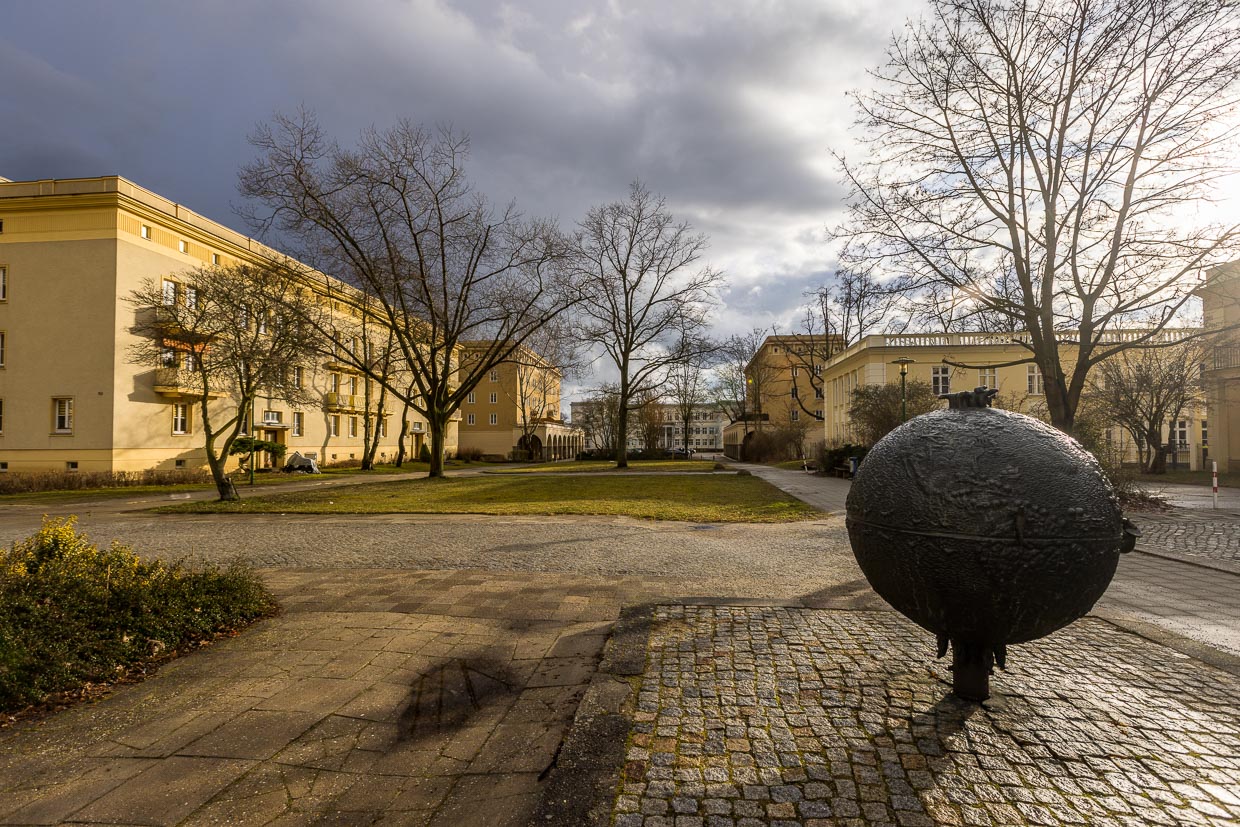
The aspiration of the government of the German Democratic Republic (GDR) was to create an ideal city for Germany. Anchored in the 16 principles of urban planning by resolution in July 1950, human needs for work, housing, culture and recreation were to be harmoniously intertwined in the planned city of Eisenhüttenstadt. However, this ideal, which people in many cities today long for, was preceded by a principle that in turn explains why the ideal city ultimately remained utopian. The free development of the individual fell by the wayside. Principle 1 immediately states: The city, in its structure and architectural design, is an expression of the political life and national consciousness of the people. In addition, the government reserved the right to determine and confirm the factors that shape the city.
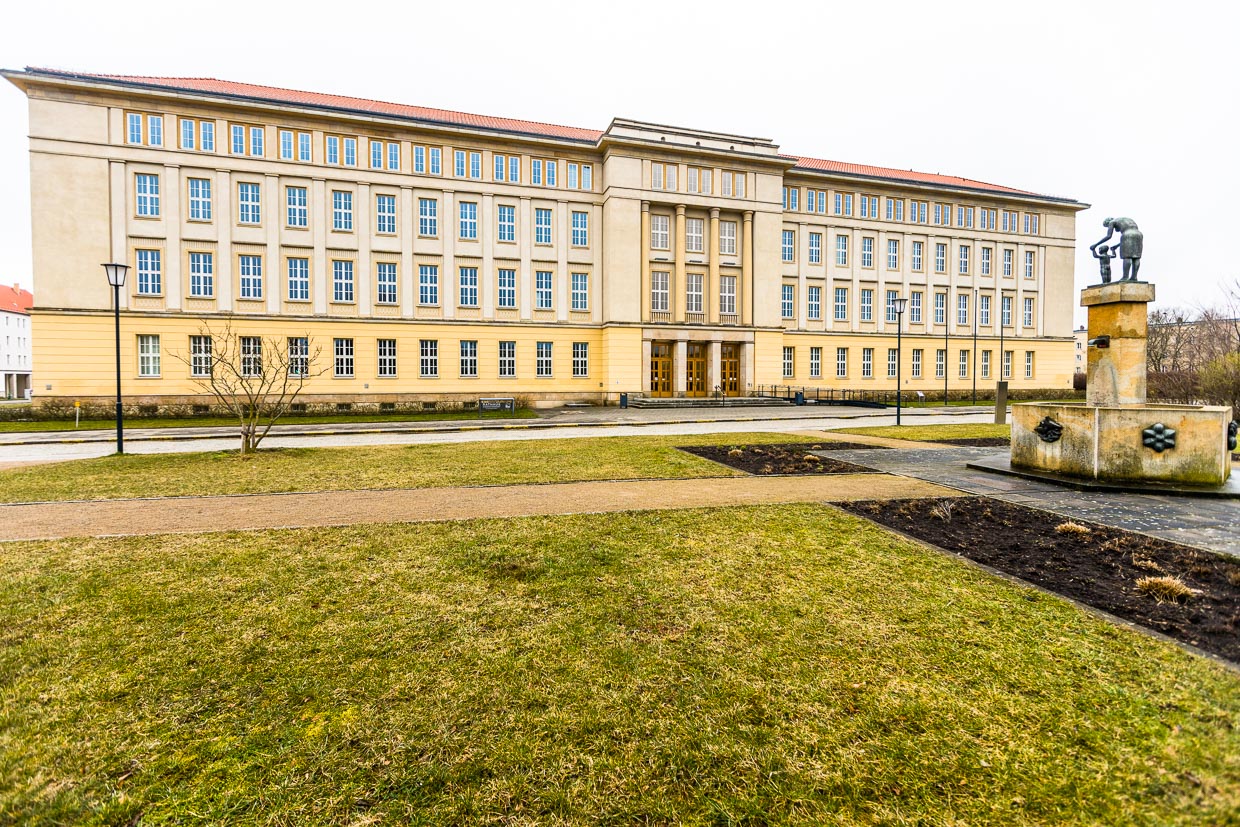
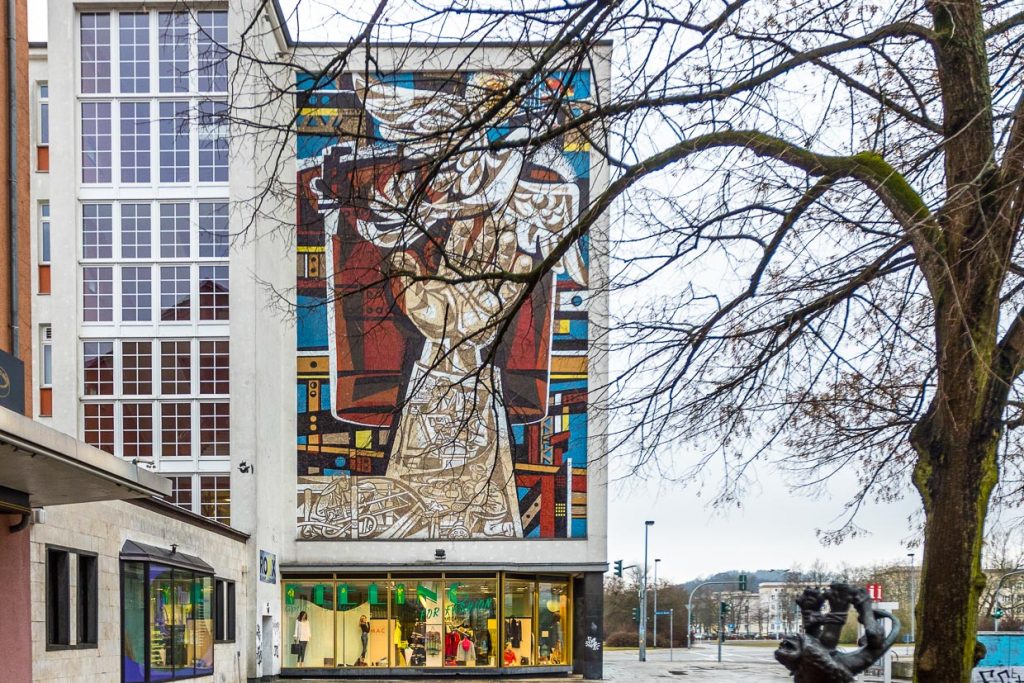
City tour of an area monument
Eisenhüttenstadt is today one of the largest area monuments in Germany. A tour takes us through the residential complexes and avenues with their visual axes, at the end of which there were always representative buildings that served the residents and the community, such as a hospital, school or administrative building. A tour of the residential complexes I – III takes a good two hours. Architecture fans will not be able to get by with that. The tour is also a journey through time, through the various architectural styles that developed in Eisenhüttenstadt between 1950 and 1970. From the splendor of neoclassicism in the first residential complex to deliberate recourse to the Heimatstil of the 1930s to the architecture of late International Modernism as it was implemented worldwide in the 1960s.
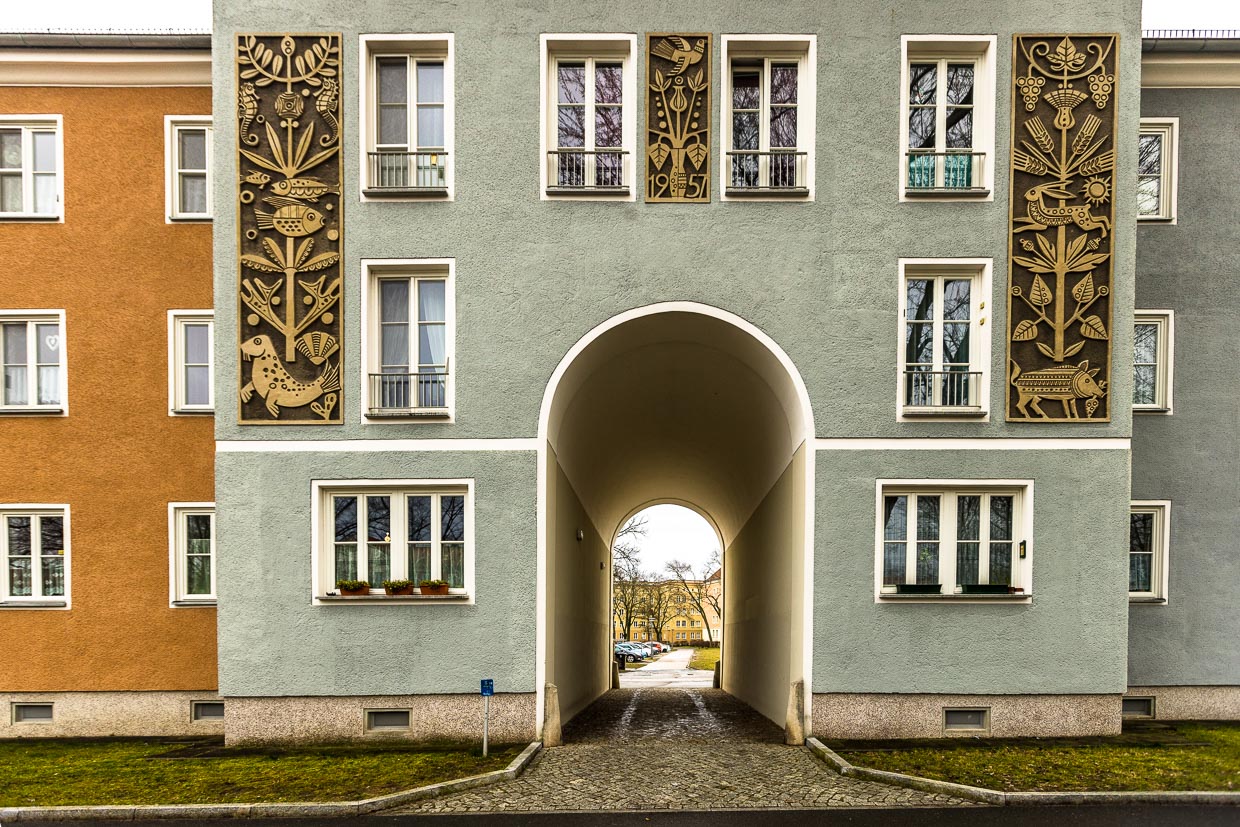
Air and light in the luminous project
The principles for the reconstruction of German cities after 1945 also include many positive approaches that were consistently implemented in Eisenhüttenstadt. These include traffic planning that serves people and does not hinder them. For example, no traffic roads cutting up the city were to be built, and traffic was to be kept out of residential areas. Instead, space should be created for green areas, air and light. Short distances to shopping as well as kindergartens and schools in the same neighborhood were also part of this mammoth urban planning project, which was realized by architect Kurt W. Leucht starting in 1950.
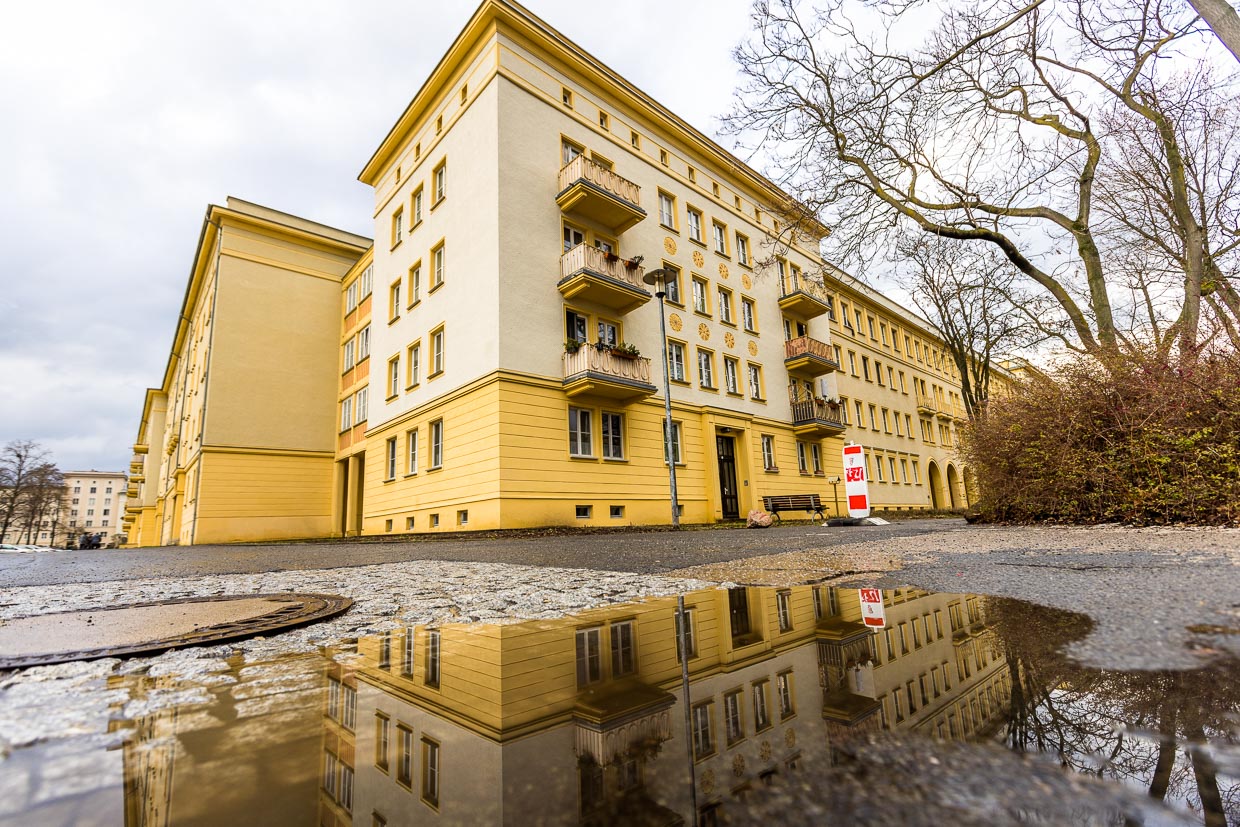
The visual axes of the planned city often end at particularly representative buildings that served the life and well-being of the people. First and foremost among these are the hospital or schools such as the Erich Weinart Elementary School, which is huge by today’s standards. The many young families who settled in the city because of work at the Eisenhüttenkombinat Ost had all the important facilities in their respective housing complexes. Crèche, schools, grocery stores and local recreation in the spacious courtyards with playgrounds and lots of trees. In the 1950s and 1960s, the average age in Eisenhüttenstadt was 25. Today it is 55 years. This also led to the demolition of residential buildings.
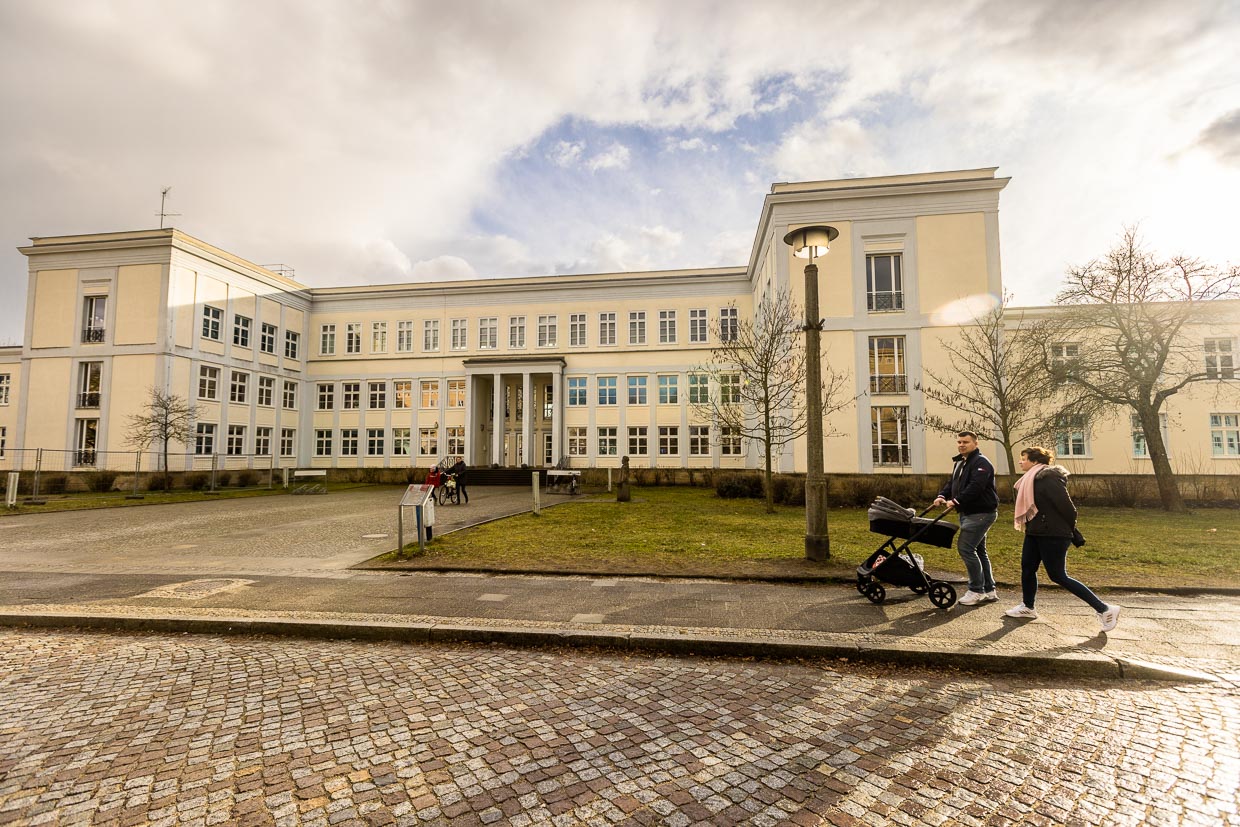
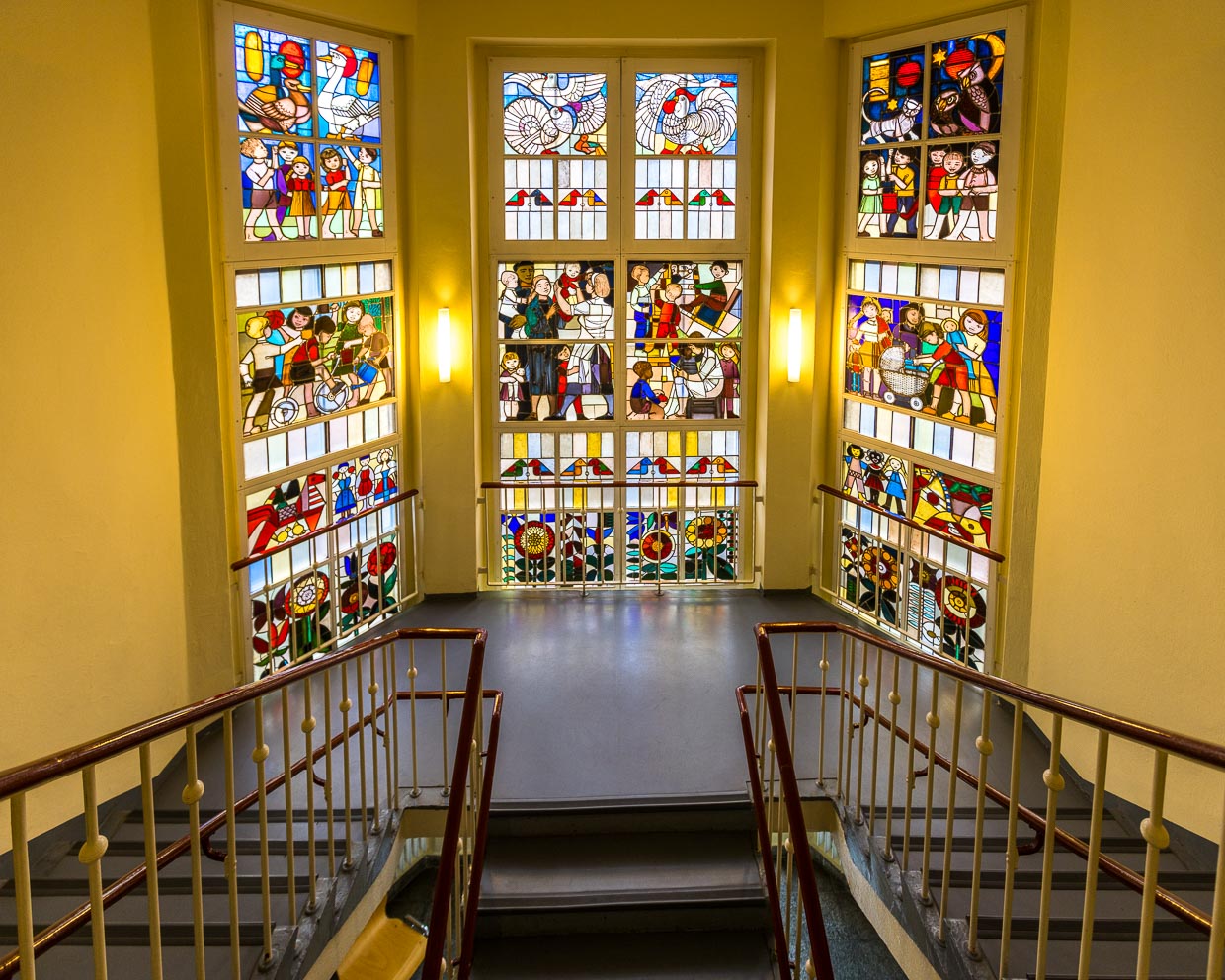
Blast furnace instead of high mass
The planned city of Eisenhüttenstadt has no church steeples. One of the tallest structures is the blast furnace of the Eisenhüttenkombinat Ost, EKO Stahl. As a central place of work, visual axes and main streets were aligned with the steel mill during planning in the early 1950s. The plant is still an important employer today. Construction took place near the historic town of Fürstenberg an der Oder, which has existed since the 13th century. Initially, the GDR’s ideal city was called Stalinstadt. When Josef Stalin’s image began to crumble in the Eastern bloc countries as well, Stalinstadt became Eisenhüttenstadt in 1961.
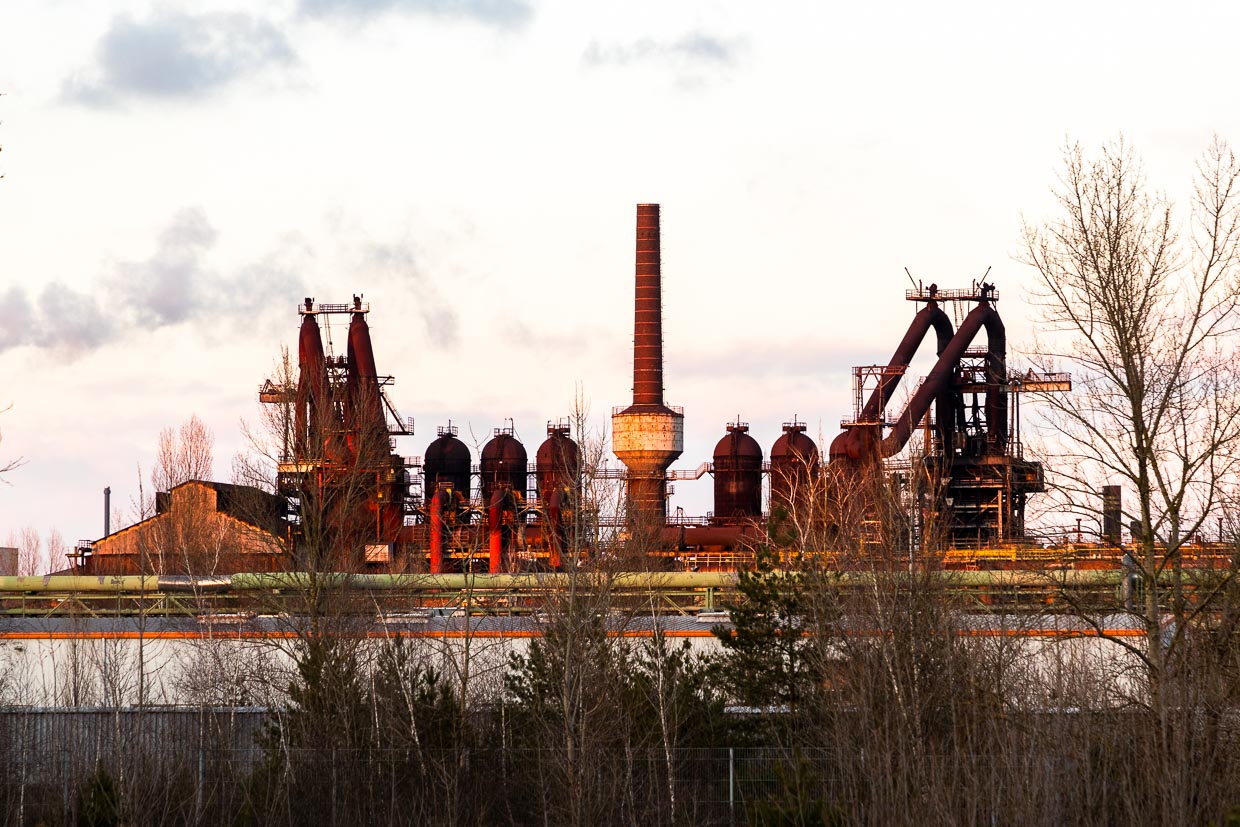
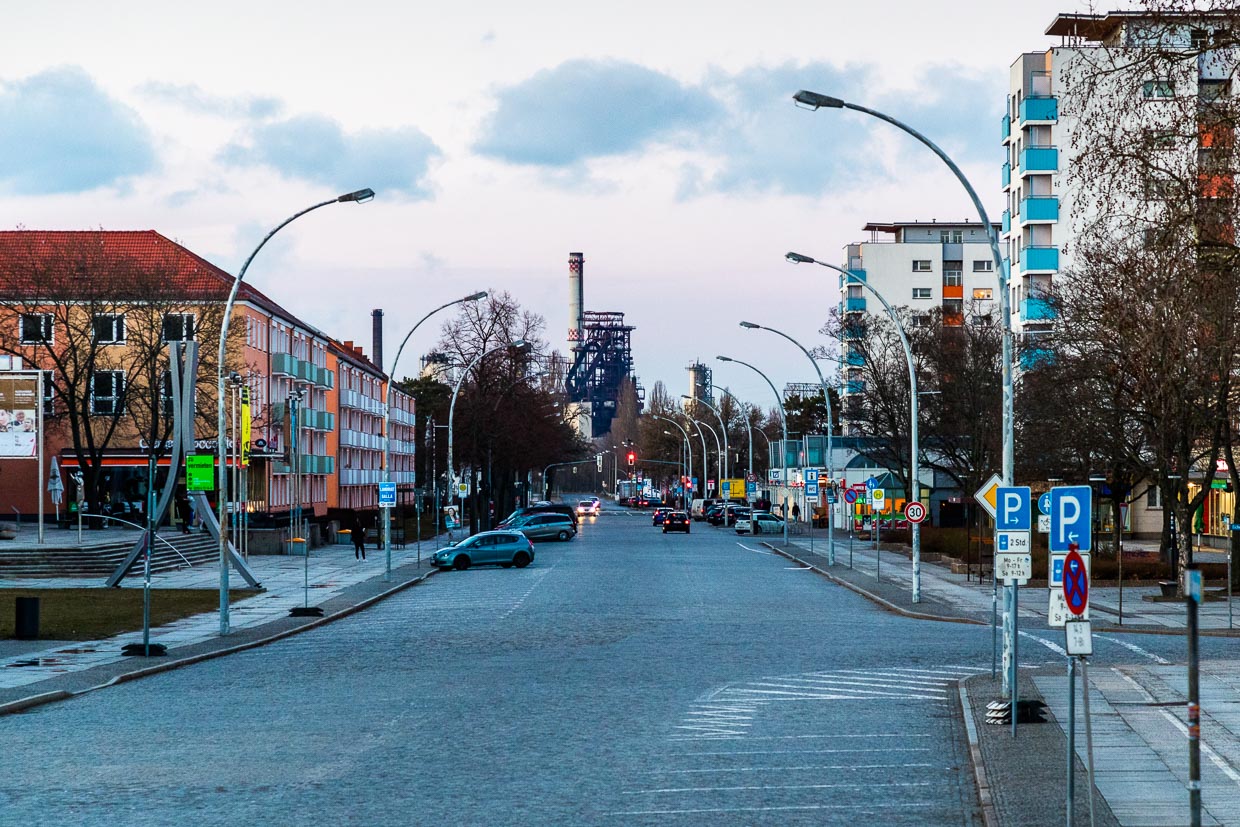
Pavilions for consumption
Heinrich-Heine-Alle is home to the country’s first self-service department store. The department store was a symbol of a new era. The design is typical of the modernism of the 1960s. Today, the gem is largely empty. Occasionally, art exhibitions are held here. A similar pavilion stands on Lindenallee. Behind gold-framed display windows, Wartburgs and Trabants, the objects of longing of all GDR citizens, were exhibited. On a turntable, the current car models were presented to the citizens. In addition, a list was displayed for which birth cohort the allocation of the planned economy controlled car production was to be made.
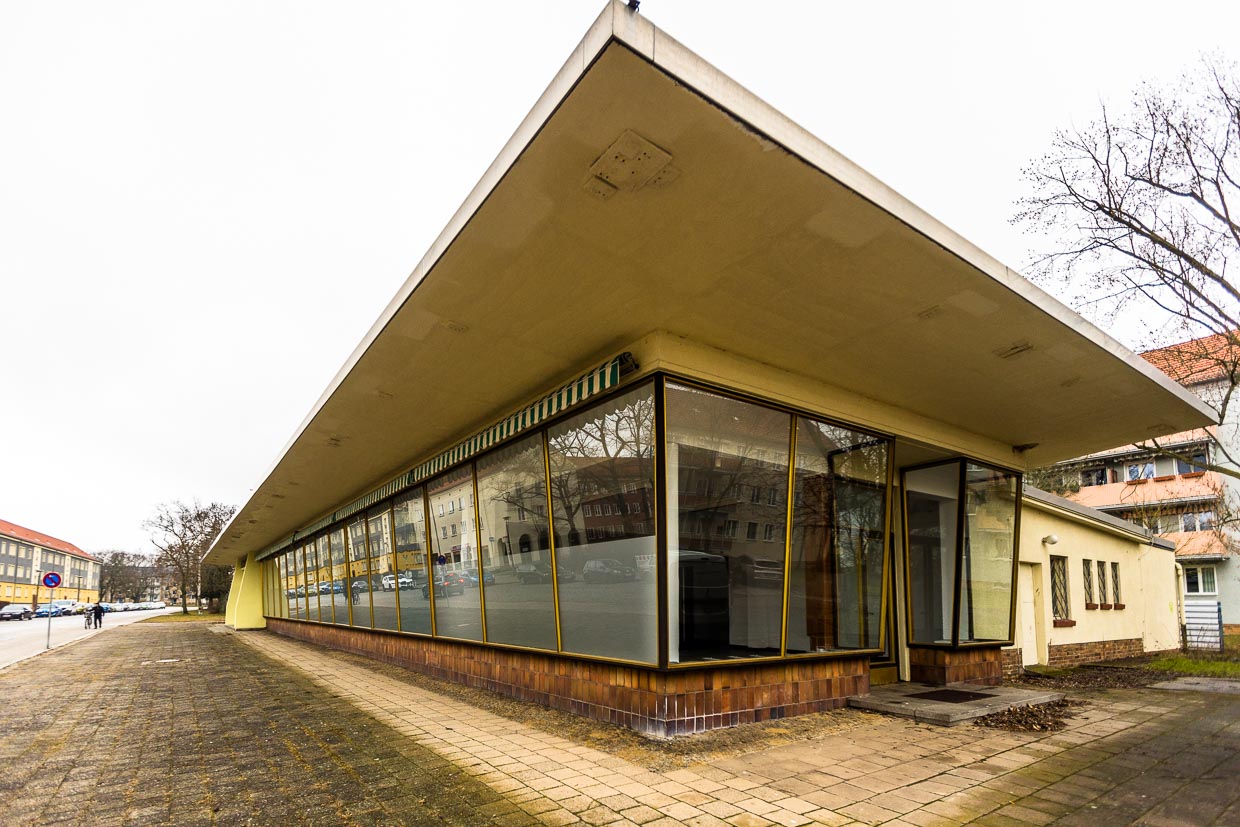
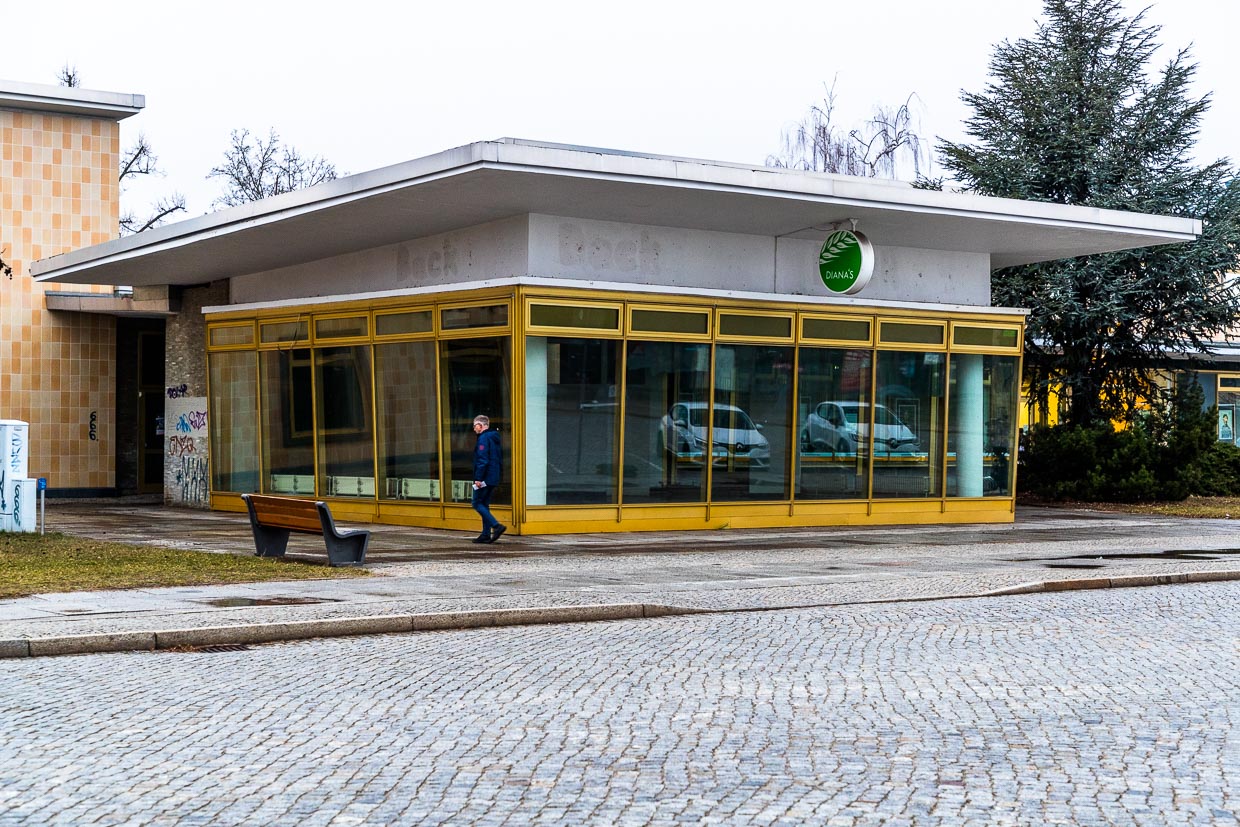
Art as a design feature
Art objects in public spaces were firmly anchored in the city’s construction plan. Between three and five percent of the construction sum was earmarked for art, says city guide Bernd Geller during the tour of the planned city. Examples of this can be found on facades, bay windows, doorways and roofs, as well as on the many green spaces and in the courtyards of the residential complexes. In total, as Bernd Geller summarizes, the city has over 350 publicly accessible works of art by 93 artists from the GDR, Poland and the Czech Republic.
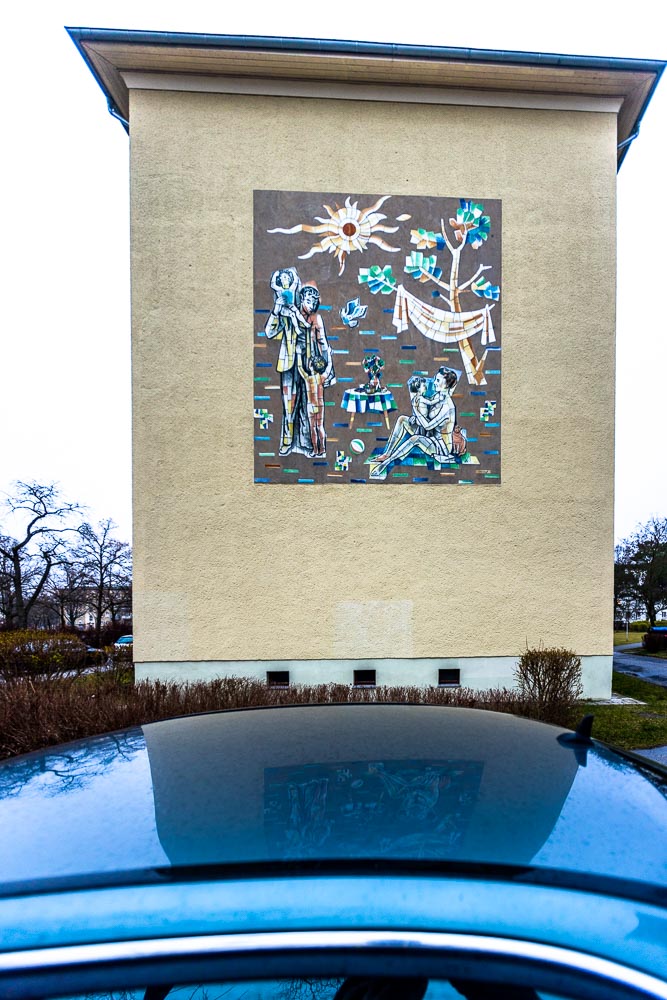
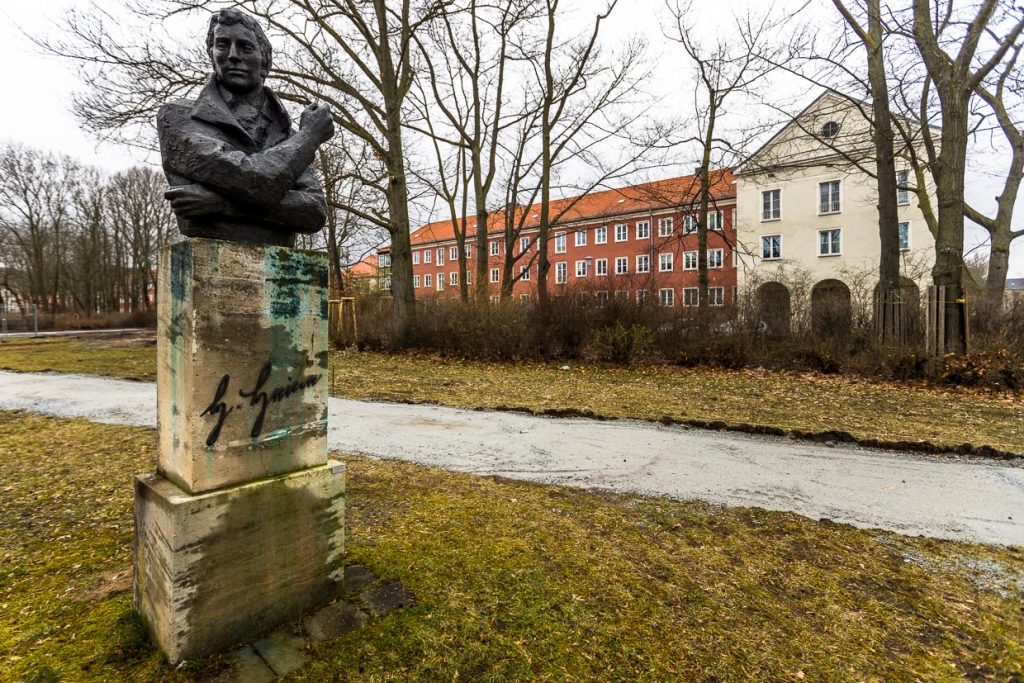
During a guided tour, one’s attention is drawn to many small details and everyday customs. Guided tours of Eisenhüttenstadt are offered regularly. The starting point for a guided tour is the tourist information office in Lindenallee. There you can also get city maps and tour suggestions. The perfect way to round off the tour is a meal at the former Aktivist restaurant. In the former brewery of the socialist workers’ town, you can get hearty and well-prepared meals in the listed restaurant. The name Aktivist alone should be motivation enough to fortify yourself before or after an extensive tour.
A visit to the Museum for Utopia and Everyday Life takes you even closer to the everyday culture of the GDR. The permanent exhibition shows the various facets of everyday life in the GDR in family and work, reports on consumption, education and communication possibilities. As a counter-design with intriguing parallels, a combination of a visit to Eisenhüttenstadt with a visit to the baroque monastery of Neuzelle, only ten kilometers away, is a good idea. The life of the monks in the Cistercian monastery of Neuzelle then and now comes remarkably close to the ideal image of life in the socialist model city. Work, living, culture and recreation sound like Ora et labora et lege. Pray, work and read! Eisenhüttenstadt as well as Neuzelle stand for exciting life concepts in the context of their time.

